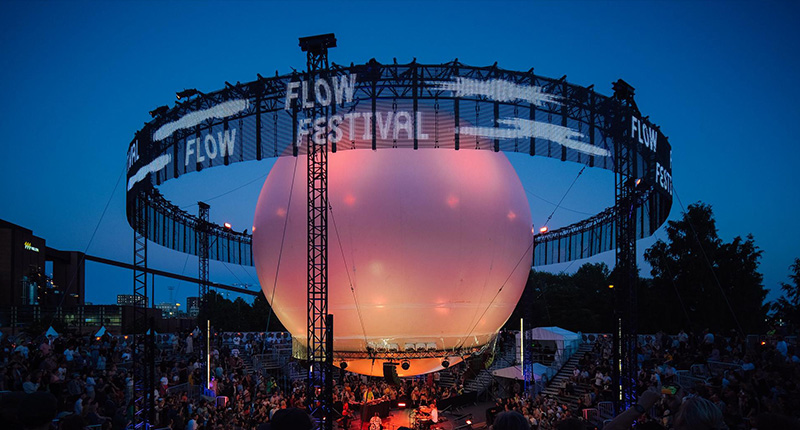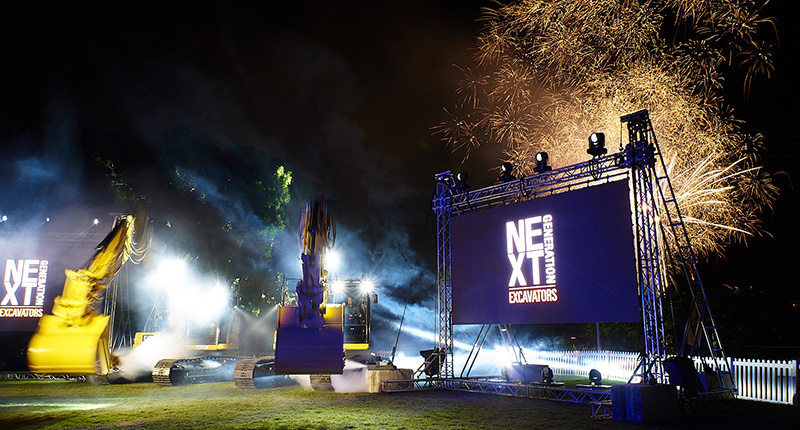In the fast-paced world of event planning, staying ahead with cutting-edge technology is crucial. LED screens have become a game-changer in the events industry, offering vibrant visuals and dynamic presentations. In this comprehensive guide, we’ll delve into the intricacies of LED screens for events, exploring their benefits, types, and how you can leverage them to elevate your events.
Understanding the Basics
What Sets LED Screens Apart?
LED, or Light Emitting Diode, screens stand out for their impressive brightness, energy efficiency, and versatility. Unlike traditional displays, LED screens emit their own light, resulting in vivid and sharp visuals. The ability to produce a wide spectrum of colors makes them ideal for creating eye-catching displays in various event settings.
LEDs have gained popularity through their versatility, long life-span, and energy efficiency over traditional lighting, among other things, and are now widely used in different types of lighting across many industries. From medical devices to billboards and store displays, from aviation to automotive lighting, from photography to traffic signals, and from indoor and outdoor lighting to home decor, LED provides a great option for efficient energy conversion and electric consumption as opposed to traditional light bulbs. Not surprisingly, the electronics industry has been using LED in a large variety of products.
Key Benefits of Using LED Screens
Dynamic Visual Impact: LED screens provide an unparalleled visual experience, captivating the audience with dynamic and high-resolution content.
Energy Efficiency: Compared to traditional display technologies, LED screens consume less energy, making them an eco-friendly choice for events.
Versatility in Size and Shape: LED screens come in various sizes and can be customized to fit any event space, whether it’s a small conference room or a large outdoor venue.
Seamless Integration: These screens seamlessly integrate with other event technologies, such as cameras and sound systems, enhancing the overall event experience.
Exploring LED Screen Types
Indoor LED Screens
Designed for events taking place in controlled environments, indoor LED screens offer exceptional clarity and color reproduction. They are ideal for conferences, trade shows, and exhibitions where precise image quality is crucial.
Outdoor LED Screens
Built to withstand varying weather conditions, outdoor LED screens are perfect for concerts, festivals, and sporting events. Their high brightness ensures visibility even in broad daylight, creating a captivating experience for the audience.
Transparent LED Screens
For events where maintaining visibility behind the screen is essential, transparent LED screens provide an innovative solution. They offer a see-through effect while displaying vibrant visuals, making them suitable for storefront displays and unique event setups.
Implementing LED Screens in Your Events
Assessing Event Needs
Before incorporating LED screens into your event, consider factors such as venue size, audience size, and the type of content you’ll be showcasing. This assessment ensures you choose the right screen type and size for a seamless event experience.
Collaborating with Content Creators
Engaging content is key to maximizing the impact of LED screens. Work closely with content creators to develop visually appealing graphics, videos, and presentations tailored to the event theme and audience.
Technical Setup and Support
Ensure a smooth event by partnering with experienced technicians for the setup and maintenance of LED screens. Having a technical team on standby helps address any issues promptly, minimizing disruptions during the event.
Overcoming Common Challenges
Budget Constraints
While LED screens offer numerous advantages, budget constraints can be a concern. Explore rental options or consider sponsors to offset costs, making this advanced technology more accessible for your events.
Technical Glitches
To mitigate technical issues, conduct thorough testing before the event. Check the compatibility of equipment, run simulations, and have a backup plan in case of unforeseen glitches.
Conclusion
In conclusion, LED screens have revolutionized the events industry, offering a dynamic and immersive experience for both organizers and attendees. By understanding the types, benefits, and challenges associated with LED screens, you can harness the power of this technology to create memorable and visually stunning events.
Embrace the future of event planning with LED screens, and let your events shine brighter than ever before.



